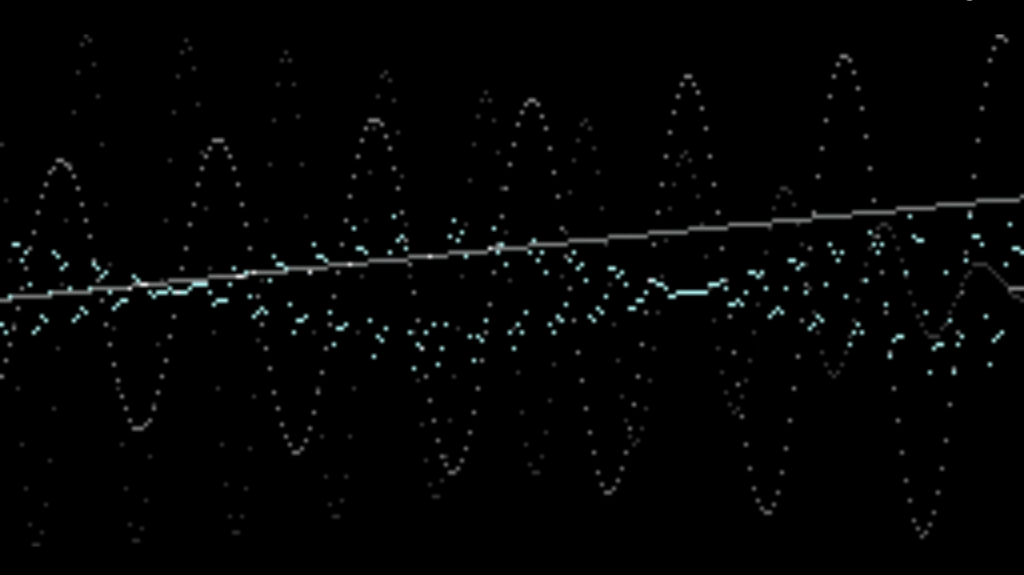-
Finalization Prototype
As you can see from my previous post, I had made a lot of plans, but I wasn’t able to carry out much of them because I came down with the flu. The deadline is tomorrow, and I was originally planning to submit today, so I first filmed the video.Before that, since my draft deals…
-
Process(6)
This time, I tested the system in which the speaker’s volume changes according to its movement, and I tested it directly with the speaker attached. At first, I planned to calculate how much the motor rotates in order to change the volume according to the movement. However, that approach would complicate the code, make optimization…
-
Process(5)
Today, following up from yesterday, I plan to finish the wiring work and check whether the motors and limit switches are functioning properly. First, I roughly considered the placement of the motor drivers, the Arduino, and the speaker amplifier. Then, I drilled holes to secure each driver in its designated position. For boards like the…
-
About The Uncanny Valley Effect
While thinking about the appearance of my project, I felt I should learn more about the uncanny valley effect, so I read the text by Masahiro Mori who first proposed it. His essay, published in 1970 in a Japanese magazine, presents a phenomenon predicted through the development of robotic technology. He says that people’s sense…
-
Process(4)
I tried assembling all the components onto the wooden board I prepared earlier. The most important part of this phase was checking whether the limit switches operated correctly. As planned, I first mounted the motor and the rail onto the board, then attached the speaker as well. I positioned the limit switches right in front…
-
Process(3)
To cut the wooden board I prepared earlier, I used the school’s 3D workshop. I also carried out 3D printing at the same time to reprint the binder that had not fit properly due to incorrect measurements. The first task was to create a small rectangular hole where the motor could be fixed. I cut…
-
Process(2)
I thought about the layout together with the wooden board I bought last time. Previously, I mentioned the idea of hiding the rail underneath the board so that only the speaker would be visible on top. However, I am now reconsidering that approach. The atmosphere created by a minimal appearance versus a non-minimal one is…
-
Idea Developing and 2nd Proposal
In this post, I will write down several thoughts along with what came up during my tutorial. One of the most important things I learned from my exhibition at Gallery46 last year was how the audience perceives a work. Creators often become so deeply immersed in their own work that they fail to see it…
-
Process (1)
After completing the modeling of the joint component that connects the carrier box and the speaker, I produced it using 3D printing. Unfortunately, the printed part did not fit properly with either the speaker or the carrier box—likely due to inaccuracies in the modeling or errors in measurement. Looking more closely, the issue with the…
-
Modeling Parts for Connecting a Speaker and a Carrier box
First, I decided to quickly model and print the connecting parts between the carrier box and the speaker, since I needed to test their strength and functionality. To ensure accurate dimensions, I measured the specifications of both the carrier box and the speaker. The thickness of the connecting part was set to 3 mm, but…
